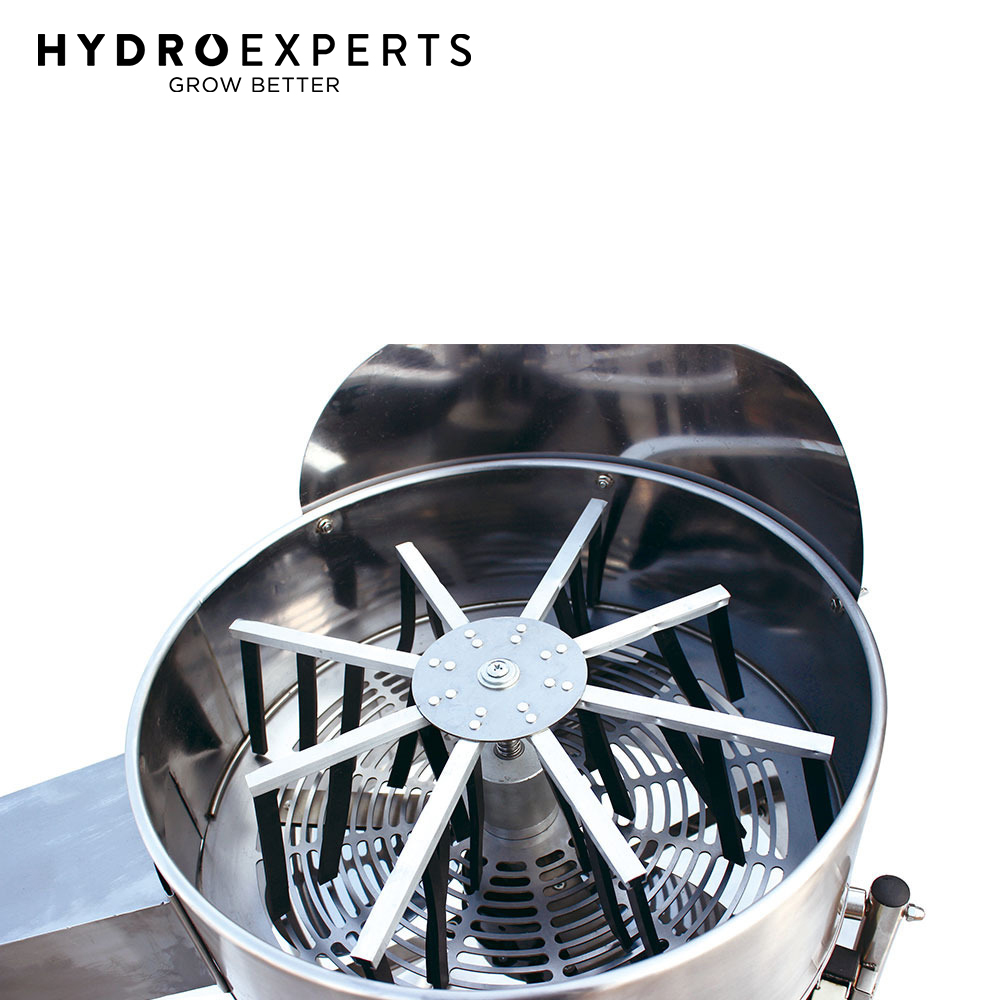

(Like, if you’re worried about mold, or if you simply have a massive harvest and limited time to get it to market.) Wet trimming can be beneficial in a wide variety of situations. It’s also perfect for anyone who needs to wet trim their harvest. That is the largest wet trim capability out of any machine on this list.
#Bud trimmer electric pro#
Ready to make your yard and garden a fall wonderland? Consider adding bush-like plants such as Canada goldenrod, autumn joy, or ornamental peppers to your yard.The Centurion Pro Trimmer stands out because it can process 20 lbs wet product (or 3-4 lbs dry) per hour. Your mums will bloom in the fall (around September), showcasing stunning flowers all season! Fall in Love With Your Landscape! Just as you pinch off the buds of asters, the same is done for chrysanthemums. Grow them in a place in your yard that has lots of sun, well-draining soil, and plenty of nutrients in the ground. To grow chrysanthemums, put them in the ground only after the last frost has passed. Many colors and varieties of chrysanthemums are available for planting as established plants, propagated cuttings, or seeds. 6 – Chrysanthemums Image credits: Genevieve Belcher via PixabayĪlso known by their shorter name, mums, chrysanthemums are a fantastic fall addition. To promote bushy growth of asters, pinch off the main bud often about every week to two weeks.
#Bud trimmer electric full#
Asters are in full bloom between August to September, depending upon the variety. Though they prefer full sun, as long as your asters have partial sun and soil with good drainage, they will not fail to show off. What makes these plants such a great choice is how easy it is to care for them. With a name like autumn joy, it is no wonder this bush variety plant is popular among fall-loving gardeners! 5 – Asters Image credits: Manfred Richter via PixabayĪnother fall favorite is the bright blue-purple flowers, asters! Often with bright yellow centers, these flowers draw the eye to any yard. Once the plant begins to bloom, it displays green flowers that eventually turn pinkish-red. It prefers well-draining soil, though it isn’t picky! Autumn joy will still grow in a variety of soil types. No matter what you call it, this perennial is easy to grow and looks fantastic in a fall landscape! The hardy plant requires full sun and will tolerate drought (perfect for the sometimes-forgetful gardener!). Wondering why you else you should plant black-eyed Susan? This fall flower is beloved by wildlife! Bees, butterflies, and even birds are happy to pollinate, eat, and help your plant thrive! 4 – Autumn Joy / Stonecrop Image credits: Manfred Richter via PixabayĪutumn joy, also known as stonecrop, is a cultivar of Hylotelephium telephium.

Being a short-lived perennial means that they will only grow for about three to five years before requiring reseeding. While their flowers are bright for fall, be aware that they are either biennial or short-lived perennial, depending on where you live. These flowers bloom between June and October. 3 – Black Eyed Susan Image credits: Nick Fewings via Unsplashīlack-eyed Susan or Rudbeckia hirta is a flower easily recognized by its sunshine yellow petals and dark black centers. For those with young children or pets, plant your ornamental peppers somewhere they are not at risk of being consumed. NOTE: While these peppers are technically edible, they are extremely spicy. Plant your ornamental pepper plants in full-sun locations once the risk of freezing has passed. While their blossoms aren’t anything to write home about, ornamental pepper plants begin to showcase pointy peppers in an array of magnificent colors in the fall months. The peppers turn from green to their mature shades of purple, red, yellow, or orange and are beautiful enough to rival any flower. But, Capsicum annuum, or ornamental pepper plants, are a unique addition to your fall landscape. When you think of fall flowers, ornamental peppers probably aren’t the first plant to spring to mind. Pro Tip: Not sure what to plant next to your goldenrods? For a pleasing aesthetic, many gardeners plant goldenrod next to asters to contrast the yellow with bright purple/blue hues! 2 – Ornamental Peppers Image credits: Hans via Pixabay For the best long-term results for your goldenrod, divide the plant every three to four years. When planting your goldenrod, place it in full sun. This plant comes in different varieties and is excellent for drawing pollinators like butterflies and bees. Sounds stunning, right? Canada goldenrod, Solidago canadensis, blooms in late summer until early fall, offering plenty of time to enjoy them.


Now picture tall flowers of bright yellow for the fall season. 1 – Canada Goldenrod Image credits: Michael Barrick via Unsplash


 0 kommentar(er)
0 kommentar(er)
